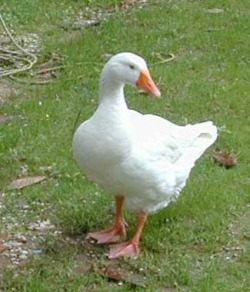Choosing the Right Sleeping Bag
The main function of a sleeping bag is to trap warm air generated by your body. The fine filaments of down or synthetic fibers trap pockets of air providing insulation. Air is a poor conductor and a good insulator of heat.
Choosing the right sleeping bag can help you sleep comfortably. It should be warm enough for cold nights but if you’re in a warmer climate you might need a sleeping bag designed for warm weather.
In general the thicker the sleeping the warmer it will keep you but you also need to consider the quality and weight. When selecting one for your trip, take into account its shape, material, features, size and construction methods.
A hood is essential in colder places to retain body heat. It should be roomy enough for you to turn your head. Ideally it should have a cord lock, which is a locking mechanism that secures the hood closed in cold weather and can be loosened in mild weather.
The sleeping bag should also close securely around your shoulders, preventing warm air from escaping. All sleeping bags have baffles (channels sewn into the bag) to prevent the filling from collecting in one area and allowing heat to escape.
Your sleeping bag will also have zippers but zippers present an opportunity for heat to escape and for cold air to seep in so make sure the zippers have a draught tube. A draught tube is a thin strip of down or synthetic fiber that fits over the zip on the inside of the bag.
Some sleeping bags come equipped with pockets which can be used to store small items such as key and wallet.
Sleeping Bag Fillings

Sleeping bags are made with either down or synthetic fillings. Down sleeping bags are often used on high mountain expeditions because of its warmth to weight efficiency. It also compresses easily and fluffs back to the open state more readily and quickly.
Goose down is better than duck down because it has more loft. A goose down sleeping bag is warmer than duck down bags of the same weight. Grey goose down and white goose down are similar in quality.
For damp climates it is recommended that you use synthetic sleeping bags because they retain their insulating properties even when wet, unlike down. They also dry very quickly.
Temperature Ratings

Sleeping bags are rated by their ability to keep you warm in a specific temperature. A 0 degree fahrenheit, in theory, should keep you warm at that temperature.
However, manufacturers have different standards when it comes to temperature ratings. There are also many other variables that might be assumed by the manufacturer when giving those ratings. Each person is different in their tolerance to the cold.
Some sleeping bags also have comfort and survival ratings. Generally, the fluffier is the sleeping bag the warmer it will be.
